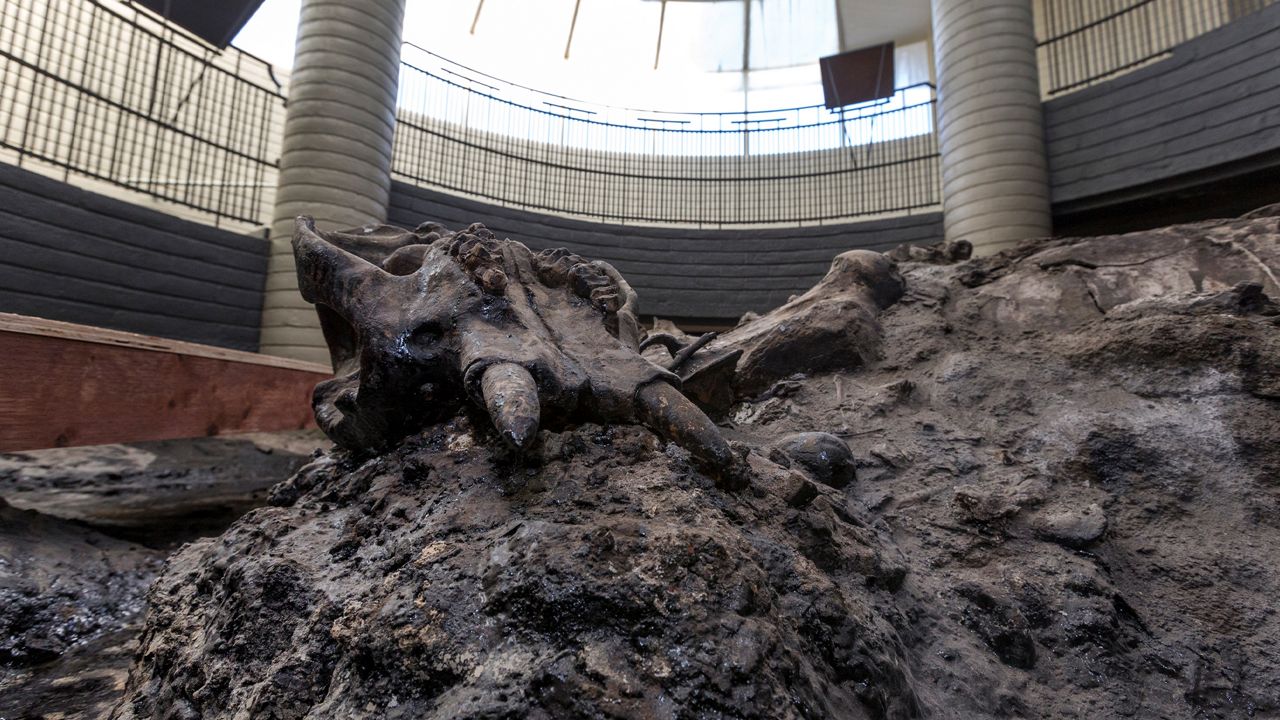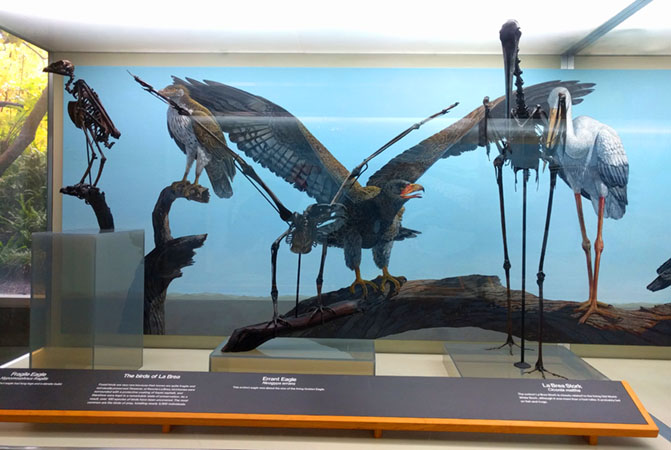Unearth the Interesting World of Ice Age Animals at the La Brea Tar Matches and Museum in LA

Background of the La Brea Tar Pits
The background of the La Brea Tar Matches go back countless years, showcasing a distinct natural sensation that has mesmerized site visitors and scientists alike. Situated in Los Angeles, The golden state, these tar pits have been seeping natural asphalt for 10s of countless years, creating a sticky catch for unwary pets. In time, these tar pits have protected an amazing collection of Glacial period fossils, giving important understandings into the primitive world.
Researchers think that the tar pits were created from oil that permeated with the Earth's crust, creating swimming pools of asphalt externally. As animals would certainly approach the water to drink, they would certainly come to be stuck in the tar, eventually resulting in their demise. This all-natural catch has protected the remains of countless creatures, consisting of mammoths, saber-toothed pet cats, dire wolves, and ground sloths.
The La Brea Tar Pits have actually come to be a substantial historical site, using a peek into the animals of the Pleistocene epoch. La Brea Tar Pits and Museum photos. With ongoing excavations and study, researchers remain to reveal fossils that strengthen our understanding of old ecological communities and the types that wandered the Planet hundreds of years earlier
Ice Age Creatures on Display
Having discovered a prize chest of Ice Age fossils from the tar pits, the La Brea Tar Matches and Gallery currently showcases an interesting variety of ancient creatures for visitors to wonder at. One of the most famous animals on screen is the Columbian Mammoth, a massive forefather of modern-day elephants that roamed the Los Angeles location throughout the Ice Age. These well-preserved fossils offer an one-of-a-kind possibility for site visitors to tip back in time and witness the incredible biodiversity that existed throughout the Ice Age, making a see to the La Brea Tar Matches and Gallery an absolutely immersive experience in ancient exploration.
Tar Pit Excavation Refine
Just how is the complex process of excavating tar pits accomplished to discover ancient fossils at the La Brea Tar Pits and Gallery? The excavation procedure at the La Brea Tar Matches involves a precise mix of clinical methods and cautious taking care of to protect the delicate fossils concealed within the tar.
Initially, the excavation group determines potential dig websites based upon geological surveys and previous discoveries. When an encouraging location is picked, the team gets rid of the surface area plants and begins the fragile job of eliminating the tar. Specialized tools such as shovels, brushes, and trowels are utilized to carefully draw out the tar and debris surrounding the fossils.
As the excavation advances, any discovered fossils are recorded sitting to videotape their specific place and orientation. This documents is vital for piecing with each other the prehistoric ecosystem and recognizing the habits of Glacial period creatures.
As soon as the fossils are securely drawn out, they go through careful cleansing, analysis, and preservation in the museum's laboratories. By following these strenuous excavation treatments, the La Brea Tar Pits and Museum can continue to uncover and display the interesting world of Glacial period animals for generations to come.
Interactive Exhibitions for Visitors
Enhancing the visitor experience at the La Brea Tar Matches and Museum, interactive exhibits provide engaging opportunities for visitors to immerse themselves in the globe of Glacial epoch creatures. These interactive display screens provide a hands-on method to learning more about the ancient period, enabling visitors to touch fossils, imitate excavations, and even take part in virtual fact experiences that deliver them back in time.
One of one of the most popular interactive exhibitions is the Fossil Lab, where site visitors can observe paleontologists at the office cleaning and examining fossils found in the tar pits. This behind-the-scenes take a look at the research process gives guests a peek into the scientific methods made use of to uncover the mysteries of the Glacial epoch.

Paleontological Discoveries at the Museum
The La Brea Tar Matches and Gallery showcase a remarkable range of navigate to these guys paleontological discoveries that provide beneficial understandings into the prehistoric globe of Glacial period animals. The museum's collection consists of over one million fossils, making it one of the most substantial repositories of Glacial epoch specimens around the world. Visitors can marvel at unspoiled skeletons of mammoths, saber-toothed cats, alarming wolves, and other vanished animals that once strolled the Los Angeles area.
One of one of the most renowned explorations at the La Brea Tar Pits is the near-complete skeletal system of a Columbian massive, passionately named Zed. This sampling, along with various others, provides scientists an unusual chance to research the composition, actions, and ecology of Glacial epoch megafauna. Via cautious excavation and meticulous preservation techniques, the gallery remains to discover brand-new fossils, broadening our understanding of the old ecosystems that existed countless years earlier.
Final Thought
Finally, the La Brea Tar Pits and Gallery in LA offer a distinct opportunity to check out the globe of Ice Age creatures with interactive exhibitions and paleontological explorations. Visitors can witness the excavation process of fossils from the tar pits and discover the history of this remarkable site. The museum gives a engaging and academic experience for any ages curious about prehistoric life and the Earth's nature.

The La Brea Tar Pits and Museum showcase an amazing variety of paleontological explorations that supply valuable understandings right into the ancient globe of Ice Age creatures (La Brea Tar Pits and Museum excavator tour).In conclusion, the La Brea Tar Pits and Gallery in LA provide an one-of-a-kind chance to explore the globe of Ice Age creatures with interactive exhibitions and paleontological explorations